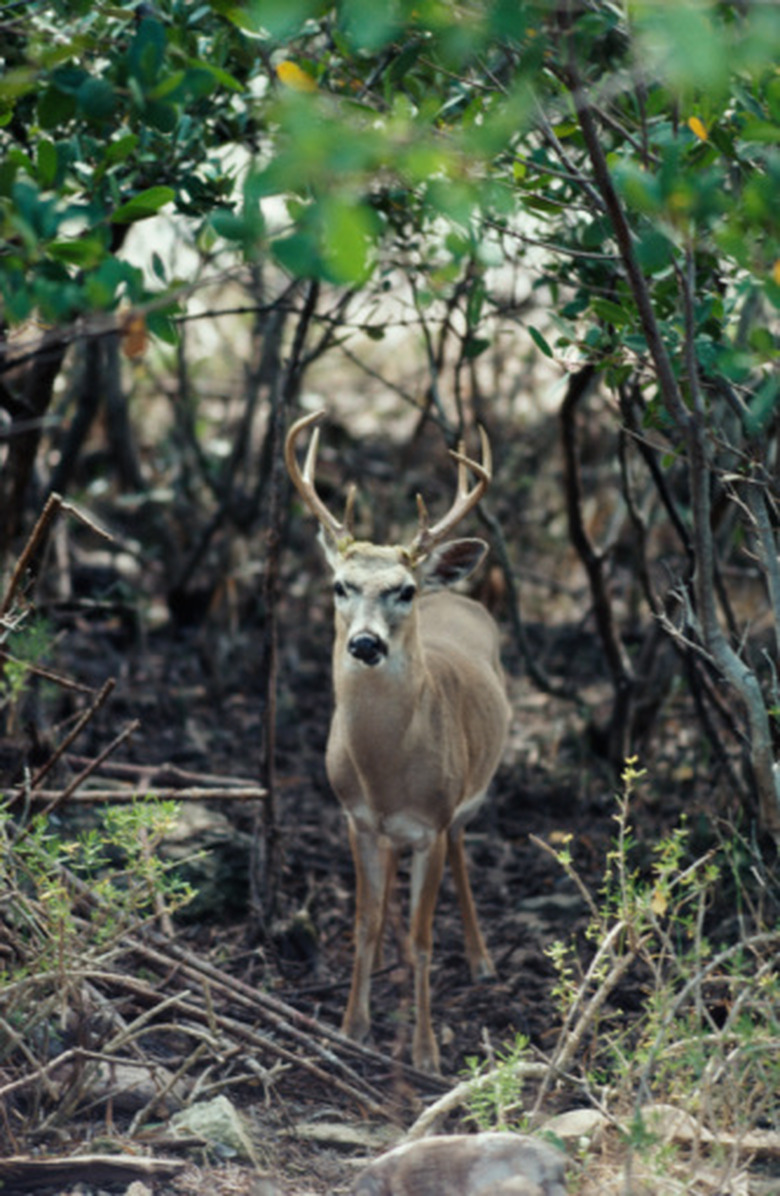Are Physocarpus Opulifolius Deer Resistant?
Physocarpus opulifolius, more commonly known as eastern, Atlantic or common ninebark, is a North American native shrub hardy to cold regions. It withstands drought well once established and is notable for its dramatically peeling bark.
Physocarpus opulifolius, more commonly known as eastern, Atlantic or common ninebark, is a North American native shrub hardy to cold regions. It withstands drought well once established and is notable for its dramatically peeling bark. Ninebark is not strongly deer resistant, but still works well in native landscaping arrangements.
Appearance
Common ninebark is named for its peeling bark, said to come in nine layers. The shrub itself grows 6 to 10 feet tall with upright, spreading branches. Ninebark has white flowers, attractive red fruit favored by birds and yellow fall foliage. Some garden varieties have purple leaves.
- Physocarpus opulifolius, more commonly known as eastern, Atlantic or common ninebark, is a North American native shrub hardy to cold regions.
- Ninebark is not strongly deer resistant, but still works well in native landscaping arrangements.
Substitute for Barberry
According to the Plant Conservation Alliance, Atlantic ninebark is a good substitute for Japanese barberry, a strongly deer-resistant invasive shrub seen in many gardens. Barberry provides little food for wildlife, allowing it to push out native plants. Ninebark is more appealing to deer than Japanese barberry, but has similar ornamental properties and is not invasive.
Deer Preference
According to the University of Idaho, eastern ninebark is not considered deer resistant. However, Cayuga Landscape Co. lists this shrub as infrequently browsed by deer. If other, more palatable shrubs are available, such as red twig dogwood, deer will choose them over ninebark.
